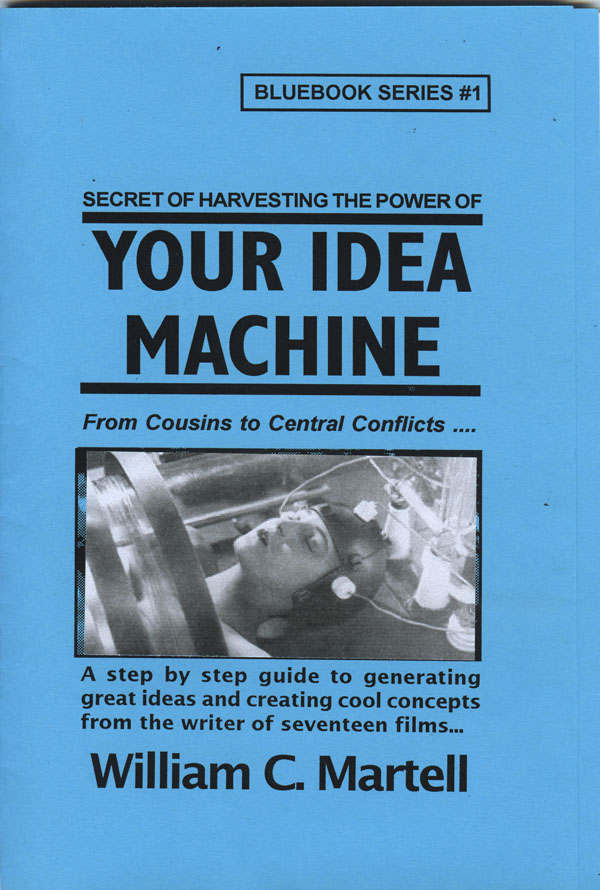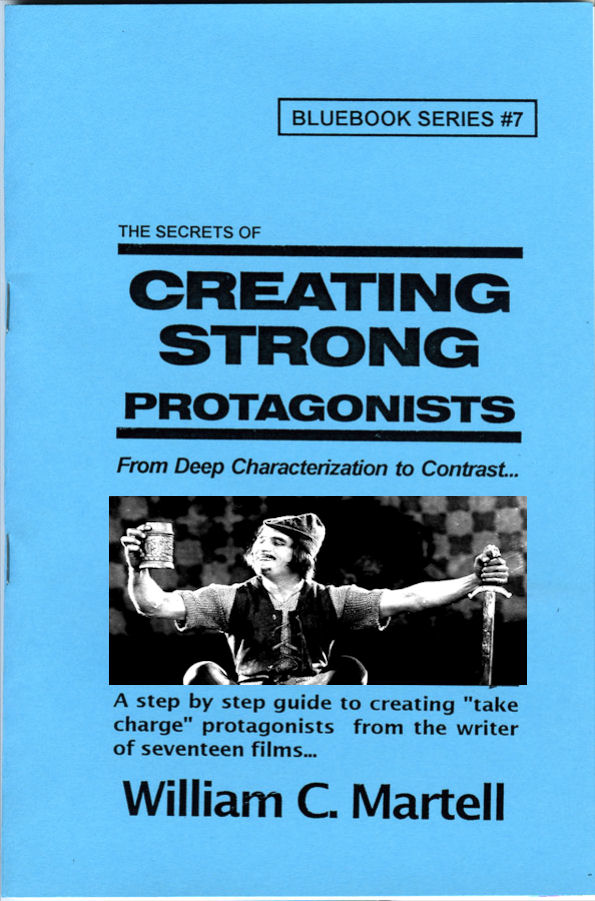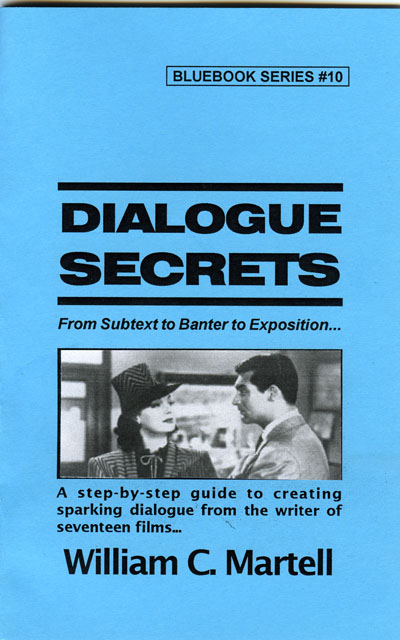A whole bunch of posts and half a year ago, I wrote that my friend Rod and I were stuck in bumper-to bumper traffic on the 405, trying to get to a movie playing in Santa Monica. That movie is now out on DVD, so I thought maybe I’d talk about it. The movie was....
FIDO

Imagine that perfect 1950s suburbia from LEAVE IT TO BEAVER... combined with the bright, well manicured 1950s soap operas of Douglas Sirk (like ALL THAT HEAVEN ALLOWS)... and throw in that wholesome all American 1950s classic TIMMY AND LASSIE...
But Lassie isn't a dog, it's a domesticated zombie.
That's FIDO.
This is not some scary zombie attack movie, no friends, after we won the zombie war (which seems a lot like WW2 in the newsreel footage that opens the film) zombies have been domesticated and are a servant class. Every suburban family hopes to one day have a zombie of their very own - to take out the trash serve meals, mow the lawn, wash the car, and any other task that sophisticated people may find distasteful.
You end up with a send up of 1950s TV & films, zombie movies, suburbia, the class system, government, Douglas Sirk films, and all kinds of other stuff. I actually laughed so hard at one point that I almost lost consciousness. My stomach hurt. This was the best film I've seen in a long time.
Carrie-Ann Moss is mom, Dylan Baker is very repressed dad, Tim Blake Nelson is the next door neighbor and Henry Czerny (the asshole political aid who double crosses Harrison Ford in one of those Tom Clancy movies) as the pipe smoking perfect dad down the street... and Billy Connelly as the zombie Fido (an amazing performance, since all he does is grunt and growl).
The film is supposed to be the most expensive Canadian film ever made (cast, probably) but only played on a couple of screens in the USA and the showing we went to wasn’t crowded at all. The plan was to expand to more screens if the film is successful...
But it never came to a cinema near you. Instead it vanished, only to appear a couple of weeks ago on DVD.
And, just like HOSTEL 2, I think the problem was in the marketing. (That’s *twice* I’ve blamed marketing - really unusual). Here’s the thing - you need to get the people into the cinema on a movie like this, so that they will laugh and then tell their friends that have to see it. That’s where marketing comes in.
The first problem with this film is the title: FIDO. When I read a list of new films opening over that weekend, I saw FIDO and skipped right past it. G rated family film about a dog. Not even a good title for a G rated family film - tells us *nothing* about the story. LASSIE COME HOME - hey, Lassie is lost and has to find his way home! So FIDO not only makes you think it’s a family film when it’s really a horror comedy, it also doesn’t tell us anything about the film. Your title is like a mini logline - it needs to tell us what the story is about. Some of you may be thinking, “Hey, it’s about a zombie named Fido!” But we only know that *after* we have seen the movie. We want the title to tell us what the movie is about *before* we see it.
The target audience for FIDO would never see a film with that title.
Then we come to the poster...
What the hell is up with that? The poster is supposed to sum up the story in an image... Can you tell from the poster that this movie takes place in the 1950s? Or that it’s about a boy and his zombie? That it is a comedy? Or that Billy Connelly is even a zombie? He looks kind of weird in the poster, and has that punk collar thing, but that poster tells us *nothing* about the movie. The artwork that was on the NuArt Theater’s flyer was much better - it had silhouettes of the 1950s family (iconic images) and the boy holding a leash... with a zombie on the other end. That sums it up... but it’s not the poster.
The poster is in collage style - and I hate that. I was in a book store a while back and bought a Greg MacDonald book about Inspector Flynn. MacDonald created Fletch - the clever investigative journalist who always gets involved in some murder mystery - you may know the character from the Chevy Chase movie. If you haven’t read the books - check them out. Great writing and fantastically witty dialogue. The paperback versions in the 70s used to have a dialogue passage on the *cover* instead of art work. That was the selling point - really clever writing. Inspector Flynn pops up in the 3rd Fletch book, accusing Fletch of murder and chasing him throughout the book. He spun off into his own series, and this was a recent book I didn’t know existed...
Even when I saw it, I didn’t know it existed. Because the book cover was some sort of collage with the title written with every letter in a different font. It looked like someone dumped a bunch of stuff on a table, glued it in place, and that was the cover. Huh? I probably looked at this book a hundred times before realizing that it was a Flynn book. And the cover gives me *nothing* about the story - actually, under the crap there’s a sketch of a guy with a nail in his ear. That’s part of the story. But the sketch doesn’t look like a crime novel picture, it looks like something you’d find on the cover of a Gay romance. Cover doesn’t match the contents at all. Though there is a boy with a nail in his ear, the main story is something entirely different and much more exciting: someone is sending death threats to a Harvard professor and breaking into his house. Flynn has only a few days to stop the killer from striking. The nail in the ear thing is a minor subplot... but the cover of the book. Was that because they could find a sketch of a boy and add it to the collage?
When you look at old movie posters, they are amazing. They tell the story, set the mood, and usually feature the star’s face, The lower the budget of the movie, they less they could depend on the star and the more they had to find an *image* the sums up the story. I just did an article for Script about creating the poster image for your screenplay - because I think it’s important to know how they are going to be able to market your work down the line. When some producer says, “I love the script, but kid, I have no idea how the hell we’re going to market it”, you can pull out your poster. If you can’t figure out what the poster for your movie looks like, how the heck do you expect some non-creative guy in a suit to figure it out?
The thing about collage posters and collage book covers is that it’s just gluing together existing elements. It’s not creating the one iconic image that sums up the book or film, it’s using someone else’s stuff. The movie posters of the past were amazing, but somewhere along the line, movie posters have become all about star faces. Instead of finding that image that tells us what the story is about, we get George Clooney’s face. “I have no idea what the movie is about, but George Clooney is in it, so I’ll see it!” Hey, that’s great for Clooney fans, but what about everyone else? What about people who want to know what the movie is about before they plunk down their $11.50 (what I paid last night at the AMC in Burbank). What happened to those folks who created the amazing images that summed up the story?
Did collages - the concept of using pieces of *someone else’s* creation - squeeze them out? Have we been breeding humans to think “collage” instead of “creativity”?
I read scripts (and even see movies) that are just collages. Take existing elements from popular films and glue them together. Quentin Tarantino is the king of Collage Movies. Take a Ringo Lam Hong Kong cop film about a jewelry store heist gone wrong and the band of bandits in a warehouse aiming guns at each other and wondering which one of them is an undercover cop and add the color name thing from PELHAM 1-2-3 and the... well, eventually you have a bunch of scenes from other people’s films processed into a new movie. Check out Mike White’s WHO DO YOU THINK YOU’RE FOOLING and YOU’RE STILL NOT FOOLING ANYBODY (about PULP FICTION).
Tarantino is a genius - he can take the pieces of other people’s work and turn them into something uniquely his own...
The funniest thing are the collage scripts that use bits from Tarantino movies - for a while it seemed like every other script was someone pretending to be Tarantino.
None of the other “collage scripts” I read seem able to do what QT does (make it work). All they have done is lifted scenes from better films. No creation involved, just some cut & paste. These scripts have no soul, no point of view, no theme... but they often have all kinds of scenes that would look good in a trailer. I think that’s why they sometimes get bought and made.
Now, I’m not talking about those homage scenes, or those scripts that have been influenced by some other writer (FIDO is influenced by Sirk and Lassie and George Romero - three things that don't seem like they'd work in the same movie)... I’m talking about the ones that are just collages. Nothing original about them. They were made on some assembly line somewhere. Nothing was created, it was just glued together.
I think fan fiction is the ultimate in collage writing. They take someone else’s character, someone else’s world, someone else’s basic situation... and they put together some sort of story *based on those existing elements*.
For me, movies and stories are *about* characters. The most important thing is to create your own, personal, characters.
One of the message boards where I regularly answer screenwriting questions has a large number of fan fiction people, all writing INDIANA JONES and STAR WARS and LORD OF THE RINGS and PIRATES movies. *Not* creating their own characters. Whenever I feel like tilting windmills and mention this, I get the “Every writer started off writing fan fiction” from a half dozen people. Well, I have no idea if that is true today... but it was not true when I began writing. The idea then was to create your own characters and stories and situations. Sure, you may have read a lot of Raymond Chandler (like me) and your early work is about a private eye and seems influenced by Chandler (mine was) but my stories were about a private eye in my home town area who had completely different character issues to deal with than Philip Marlowe and what was cool for me was to *create* his methods, his office, his weapons, his *world* and make it completely my own - based on things I loved and problems I was going through and the world I knew. My first stories were about a Private Eye named Nick Carrico who had an alcohol abuse problem after accidentally shooting his partner when he was a police detective. Now, none of that is Philip Marlowe. The idea of writing something back then - when dinosaurs ruled the earth - was to *create* something. To *create* your own characters and situations and worlds and dialogue and scenes. Not to write about the time Captain Jack Sparrow and Will went on a pirate adventure in Cuba... and fell in love.
How we went from that to fan fiction is beyond me. At what point in time did people say, “I’d rather not go through all of the trouble to create my own characters... I’ll just use somebody else’s work”? When did *not creating* become the norm? When did people begin thinking that someone else’s creation was better than theirs? That their original work wasn’t good enough, so they should use someone else’s? That collage is art?
Collage is not better than creation.
YOUR individual creation is YOURS.
George Lucas can send of C&D letters from his lawyers closing down fan fiction sites - because *he* owns those characters... but no one can take away original characters that you created. Original situations and worlds you created. Those are *yours*. The thing about fan fiction is that it diminishes the writer.
The collage poster for FIDO was used on the DVD box... what a mistake! Was this because no one in the marketing department is capable of creative thought? That evolution has created a generation of people who can cut & paste, but not create? Or was it just some lazy guy in marketing who thought the collage was good enough for the poster (that managed to kill a great film) so why not use it on the DVD?
Whatever the case - create your own material... and check out FIDO on DVD. It's really good on a bunch of different levels.
- Bill









